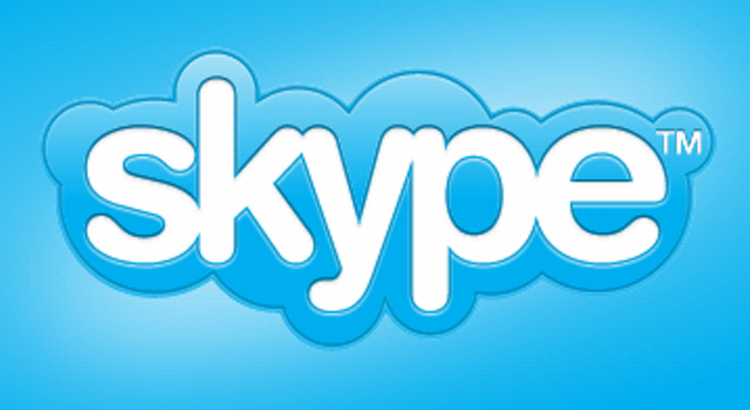

Two months later, on March 23rd, the Zoom app was downloaded 2.13M times worldwide (and 2.04M times the day before). In January, Zoom had 56K global downloads in a day. It took nine years and a global pandemic for people to jump on the Zoom bandwagon. In 2019, the company announced Skype for Business will be phased out in favor of Teams.īy contrast, Zoom, which started in 2011, had a much more modest beginning.

In 2017, Microsoft announced Teams, its business communication platform to compete with services such as Slack. In 2011, Microsoft paid $8.5B to incorporate Skype as a division within the company – its third-largest acquisition after LinkedIn and Nokia. Within 2 years, Skype hit the 100M downloads mark.
#What happened to skype video calls software
But by and large, Skype was the better-known video conferencing software out there. It did have its issues with high bandwidth usage and unprofessional uses. It was a free, cross-platform service, enabling users to exchange messages and videos over the Internet. Started in 2003 just as businesses were looking for ways to leverage broadband in favor of in-person meetings, Skype was the perfect solution.

What Happened? “Sky Peer to Peer,” Skype for short, had it all figured out. The punches kept coming, and now, even its sister-affiliate LinkedIn has chosen to ignore it in favor of Zoom and Teams. The fall from grace for the once-ubiquitous Skype couldn’t have been starker.


 0 kommentar(er)
0 kommentar(er)
